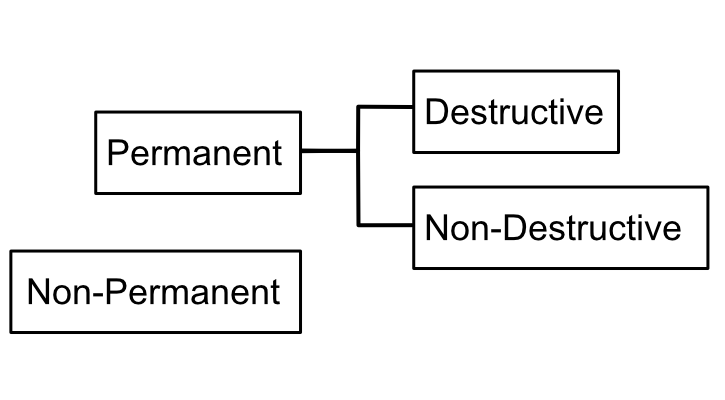
In this section, we will discuss the execution of Long Form Two. The execution presented, for the purposes of this discussion, will be considered the standard execution of the form. All information about the form will be derived from this standard of execution. This does not mean there are not legitimate variations to this standard.
Variations can be classified into two major groups: permanent and non-permanent. Non-permanent variations are variations that are made to a form for a specific purpose, such as for competition or for demonstration. Permanent variations are variations that are consciously or mistakenly made to a form, but ultimately end up being a permanent change to the standard execution of a form.
Non-permanent variations can be defined as any variation from the standard that is made to a form for any specific purpose - without the intent of changing the system of American Kenpo. In other words, this type of variation is made to a form without wanting to teach this variation as a "new" way of executing the standard form. Rather, it is executed and/or taught for a specific purpose: such as for tournament competition.
Permanent variations can be broken down into two types: destructive and non-destructive.
Destructive variations can be defined as a variation that detracts from or eliminates some information that is intended to be demonstrated during the execution of the form. This can include: missing maneuvers, new maneuvers, altered maneuvers, and/or improperly executed maneuvers. Because, by definition, these types of variations effect, alter, change, or otherwise detract from the intended information of a form, destructive variations should be avoided and eliminated.
Non-destructive variations can be defined as a variation that changes the form in some way, but does not interfere with the information that is intended to be demonstrated during the execution of the form. These variations are completely acceptable, but should be noted as a variation from the standard.

Form variation types